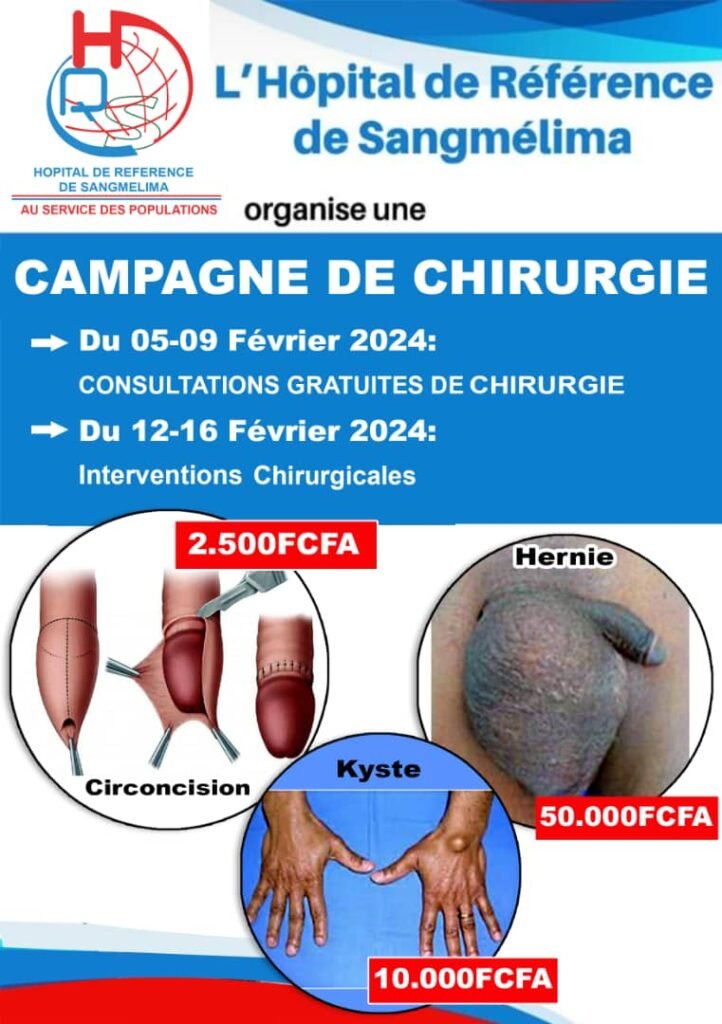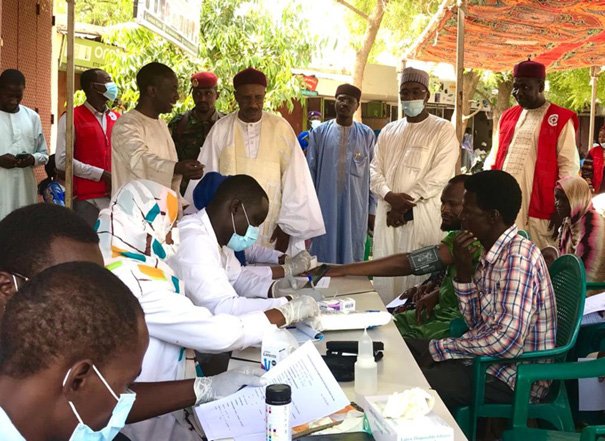Interventions under community directives : Support from the CTDs expected in the Adamaoua regionSupport region

The plea was formulated during a workshop with the Territorial Communities of Adamaoua. It is a question of the CTDs contributing up to 60% to support the Interventions under community directives to better fight against malaria and tuberculosis.
Jean Besane Mangam
Health expenses constitute
a significant part of the expenses made each year by households.
Interventions under community
guidelines put in place by the government and its partners, notably the Global Fund to Fight Malaria and Tuberculosis via Plan International Cameroon, come to the relief of families. In return for a fee paid by the Communes, these interventions make it possible
to support modest families. In the Adamaoua region, only 42% of the health areas in the six districts are covered by community health interventions, i.e. 415 available health workers for an expected need of 1087. This represents a deficit
of nearly 612 health workers. In the field, these health workers have important responsibilities in terms of raising awareness among the population, treating simple cases of malaria, acute cases of respiratory diseases and, above all, referring people to health facilities.
In 2022, according to the figures, these community health workers in charge of implementing the ISDCs
achieved 85% of cases tested for malaria with 95% of ACTs prescribed.
The serious cases detected by these agents are 5230. 51% of these figures are achieved by community
health agents. With regard to tuberculosis, they participated in the detection of 232 suspected cases during the same year in Adamaoua.
48% of health care in the region is still covered by health workers due to their proximity to the communities and the lack of health workers in some areas of the region. This makes them an essential link in the health system, especially at a time when the first phase of universal health coverage is being tested in Cameroon.
Strategic plan
Advocacy with the region’s decentralised
local authorities aims to obtain from them a subsidy of at least 60% of the funds to be mobilised
for the implementation of the ISDCs in the health districts. This will make it possible to bear the costs of the CHWs’ allowances, which are less than the minimum wage. The Commune of Ngaoundéré
3rd in the Vina department has been experimenting for some years with partners, allocating at least 3% of its annual budget to health promotion. According to Mohamadou Bassirou, mayor of this municipality, Plan International
Cameroon will have to provide the municipality with the necessary
documents for the ISDCs so that they can be integrated into the budgetary orientation debate of 2024, which usually takes place in June and July. This can be completed
by taking decisions at the end of the year when the Commune’s
budget is voted. The effectiveness
of these ISDCs in all the health districts is likely to boost the attendance of health facilities and the improvement of health indicators.
This is in line with the National
Strategic Plan for Community Health 2021-2025.














